
5 Amazing Ways to Use Mindmaps in Healthcare Settings
Discover 5 powerful ways to integrate mindmaps in healthcare to enhance patient care, team collaboration, research, and more.
Education Consultant
![[7 Amazing Tips] How to Use Mindmaps to Boost Your Memory](/_astro/How to Use Mindmaps to Boost Your Memory.dxWIgH8b_Z26Pmqn.webp)
Imagine a world where remembering complex information feels effortless—where your brain is like a well-organized library, and every piece of knowledge is easily accessible. In an era overflowing with information, mastering techniques to retain and retrieve details is not just beneficial; it’s transformative.
Whether you’re a student aiming for top marks, a professional balancing various responsibilities, or someone keen on expanding cognitive abilities, using proven memory techniques can be your secret weapon. One of the most innovative and effective tools for enhancing memory is the mind map. These visual diagrams capture thoughts and concepts in a way that mimics our brain’s natural association patterns, making learning more intuitive and enhancing retention. Mindmaps utilize colors, keywords, images, and hierarchies to break down complex information into clear, manageable chunks, creating a structure that is easier for your brain to absorb and recall.
In this article, we’ll explore seven expert-backed strategies to harness the power of mindmaps for memory. These approaches are not only practical but are designed to enhance recall, unlock new layers of understanding, and make your learning journey both fascinating and impactful.
Creating an effective mind map begins with a visually strong central idea that captures the essence of the topic. This central concept should stand out, as it serves as the anchor point for all subsequent information. Using bold colors, large fonts, and an engaging central image can make the theme memorable. For instance, if studying ecology, placing an image of a tree or globe at the center can instantly capture the theme’s essence, giving your brain a vivid foundation to build on. The visual appeal of this central focus not only draws attention but primes the mind for associative thinking, setting the stage for connections and memory retention.
The initial visual focus is essential because it helps the brain recognize the topic’s relevance and importance. As a result, this visually strong foundation encourages deeper engagement, which can significantly enhance the encoding of related information, improving recall when reviewing the mind map later.
Image from: Growth Tactics
Mindmaps are particularly effective because they mimic the brain’s natural way of organizing information. Just like neurons in the brain connect to form networks, branches in a mindmap represent connections between ideas. By organizing information into branches, you can create a visual network of concepts that is easier for your brain to navigate and recall.
Each branch should represent a different category or subtopic related to the central idea. For instance, if your central idea is “Healthy Eating,” your branches might include “Nutrients,” “Meal Planning,” “Superfoods,” and “Dietary Guidelines.” Use keywords or short phrases rather than full sentences on each branch, as this will encourage active recall—one of the most effective techniques for boosting memory. Additionally, using different colors for each branch can further enhance memory retention by appealing to your brain’s visual processing strengths. The visual separation provided by different colors can help you distinguish between different categories of information and make the mindmap easier to scan and remember.
To optimize recall, incorporate symbols and images throughout the mind map that represent specific subtopics or concepts. Visual cues such as icons, arrows, and small illustrations help create “memory layers,” enabling the brain to easily associate and retrieve information. For example, if studying chemistry, use icons of atoms or molecules next to relevant terms. This layering of visual aids not only breaks down complex ideas but also makes individual pieces of information more memorable, as each symbol offers a shortcut to the information it represents.
Symbols and images throughout the mind map serve as checkpoints, allowing you to quickly locate and process associated details. By assigning unique visuals to different parts of your map, you enable the brain to connect disparate ideas in a cohesive way. This approach turns your mind map into a more interactive tool for learning, boosting both comprehension and long-term memory retention.
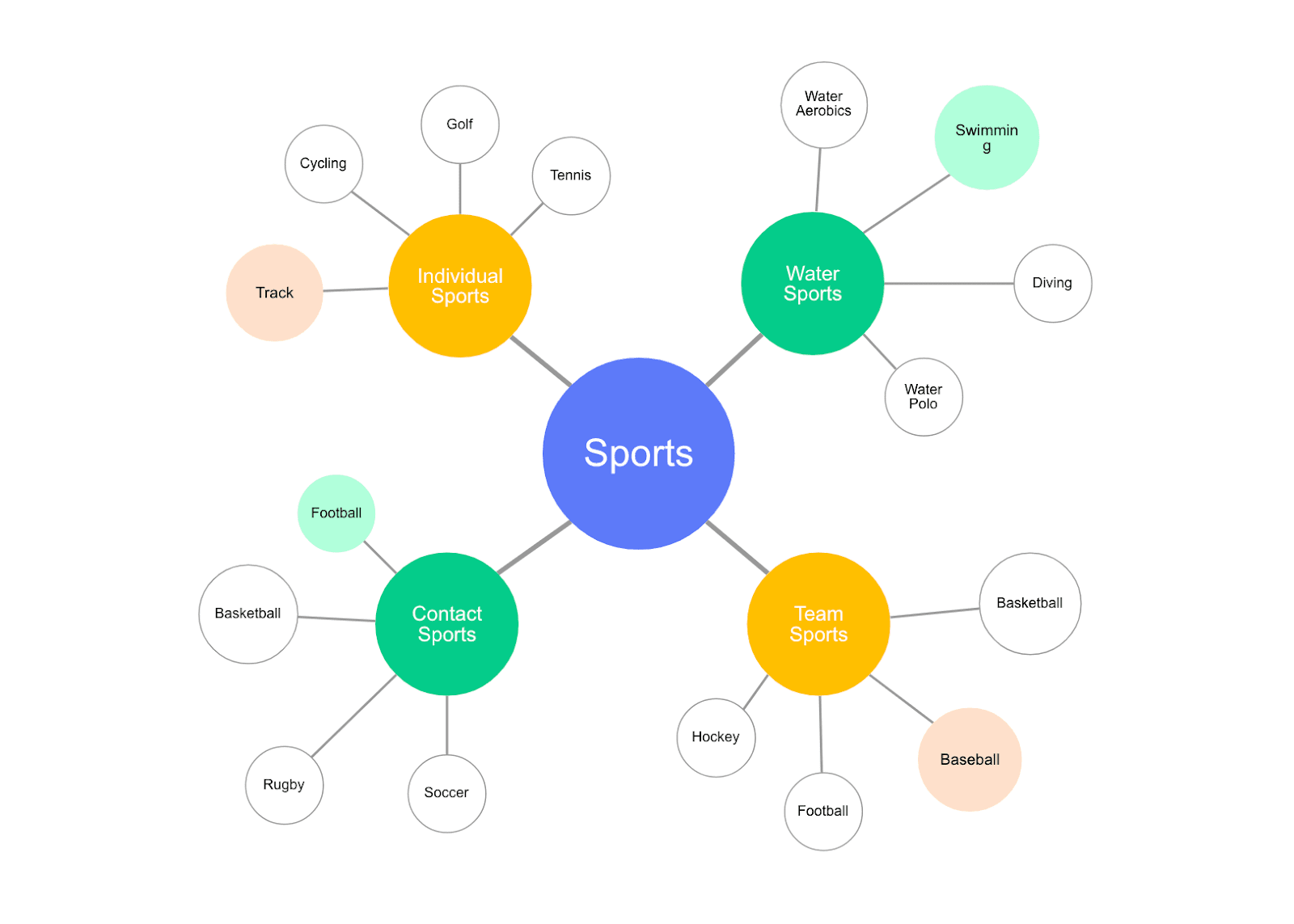 Image from:nulab
Image from:nulab
Engaging multiple senses can significantly enhance memory retention. While mindmaps are primarily visual tools, you can also involve auditory and kinesthetic senses to reinforce learning. For example, as you add keywords to your mind map, try reading them aloud. This simple act of vocalizing information engages your auditory sense, helping to reinforce the material in your memory.
To optimize your study process, consider creating a digital mindmap that integrates audio clips or voice notes. For instance, if you’re studying historical events, embedding audio snippets of notable speeches or pivotal moments can help you engage with the content on a multisensory level. This auditory element works alongside the visual structure of the mindmap, allowing the brain to encode the information more deeply for easier recall. Additionally, digital platforms offer the option to embed videos or links to interactive content, enhancing the learning experience further. For a mindmap on a scientific topic, for example, adding video links that visually demonstrate each step of a process combines visual and auditory cues, enriching the memory retention experience.
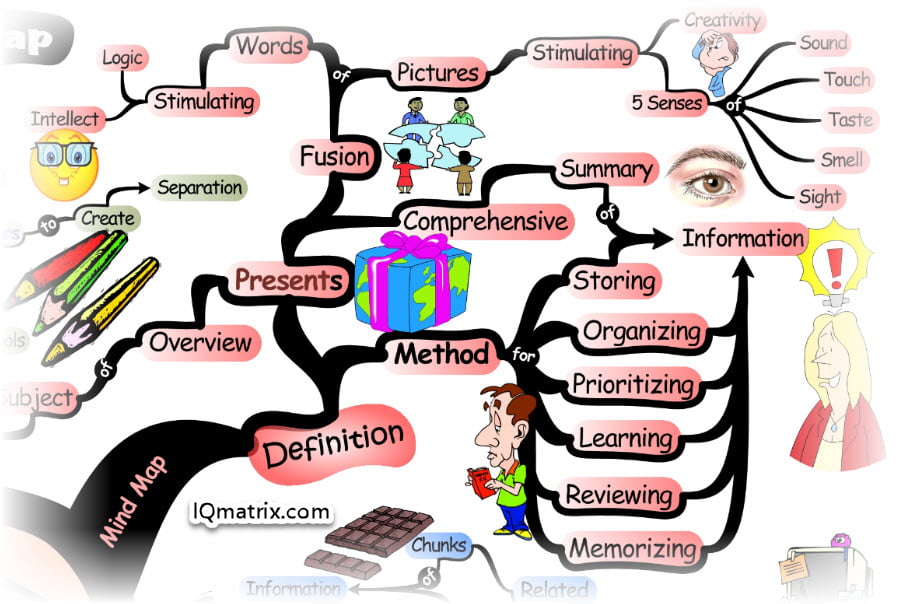 Image from:IQ Matrix
Image from:IQ Matrix
Meanwhile, physically drawing mindmaps, whether on paper or using a stylus on a tablet, adds a unique kinesthetic dimension. The act of drawing lines, organizing ideas, and writing keywords activates the motor cortex, reinforcing memory through physical engagement. This approach allows for deeper cognitive involvement, as the hand movements associated with drawing and writing aid in solidifying the connections between concepts.
Incorporating these varied sensory elements—visual, auditory, and kinesthetic—can lead to a more robust learning experience. A digital mindmap allows you to combine these elements dynamically, while a physical mindmap adds a tactile component that is also valuable for memory retention.
Chunking is a powerful memory technique that involves breaking down large amounts of information into smaller, manageable units, making complex details easier to understand and remember. Mindmaps naturally facilitate chunking, as each branch represents a distinct segment of information. This method aligns with how the brain organizes information, strengthening connections between related concepts and reducing mental overload. By processing and remembering information step-by-step, learners can retain knowledge more effectively without feeling overwhelmed.
The key to effective chunking in mindmaps is to create coherent and interconnected chunks of information. For example, if you’re learning about cooking, you could divide the information into main categories like “Ingredients,” “Cooking Techniques,” and “Recipe Types.” Under “Ingredients,” you could further group items like “Vegetables,” “Spices,” and “Meats.” By organizing information in this way, you make it easier to see relationships and remember the details.
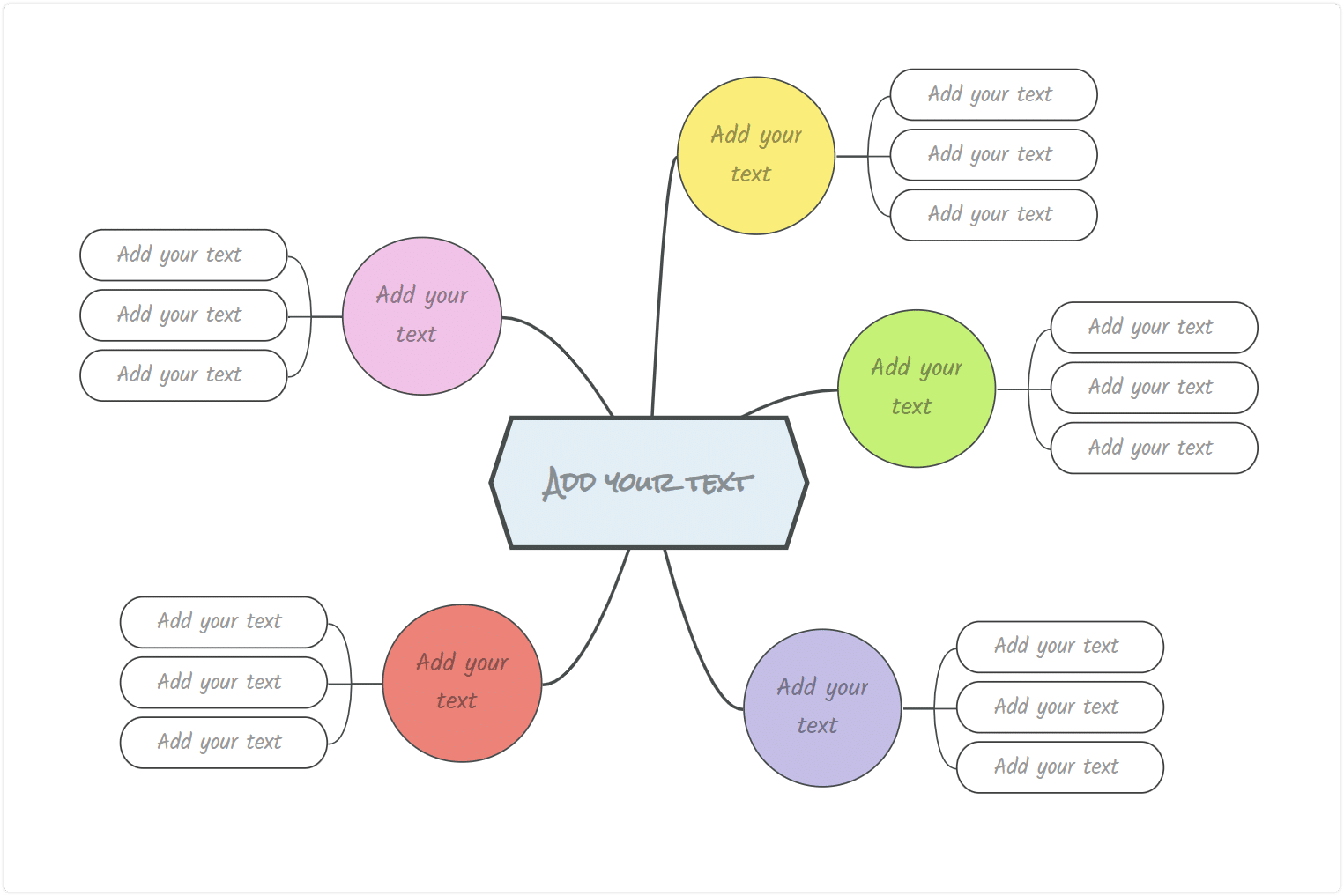 Image from: Mindoro
Image from: Mindoro
Active recall involves actively retrieving information from memory without relying on notes, a technique highly effective for reinforcing knowledge. Mindmaps serve as excellent tools for this practice. Once you’ve crafted your mindmap, focus on the central idea or primary branches, and challenge yourself to remember the associated details. For even greater effect, combine mindmaps with flashcards:
For instance, if you’ve created a mindmap for a chapter in your textbook, cover up the details and try to recite what each branch represents and its subpoints. Over time, you can try to recreate the mindmap from memory, gradually adding more details as you go. This repeated retrieval practice strengthens neural connections related to the information, making it easier to recall in the future.
Memory is reinforced through repetition, making regular review and updates to your mind map essential for long-term retention. Set aside time each week to go over your mind maps, adding new information or reorganizing as needed. This reinforces prior knowledge while integrating new concepts, creating a comprehensive, up-to-date resource.
During reviews, identify any weak areas and focus on reinforcing them by adding more branches, keywords, or images. This continuous engagement strengthens memory and ensures that information stays readily accessible. Additionally, as your mind map grows in complexity, it serves as a visual record of your progress, enhancing memory and providing a sense of achievement in mastering the material.
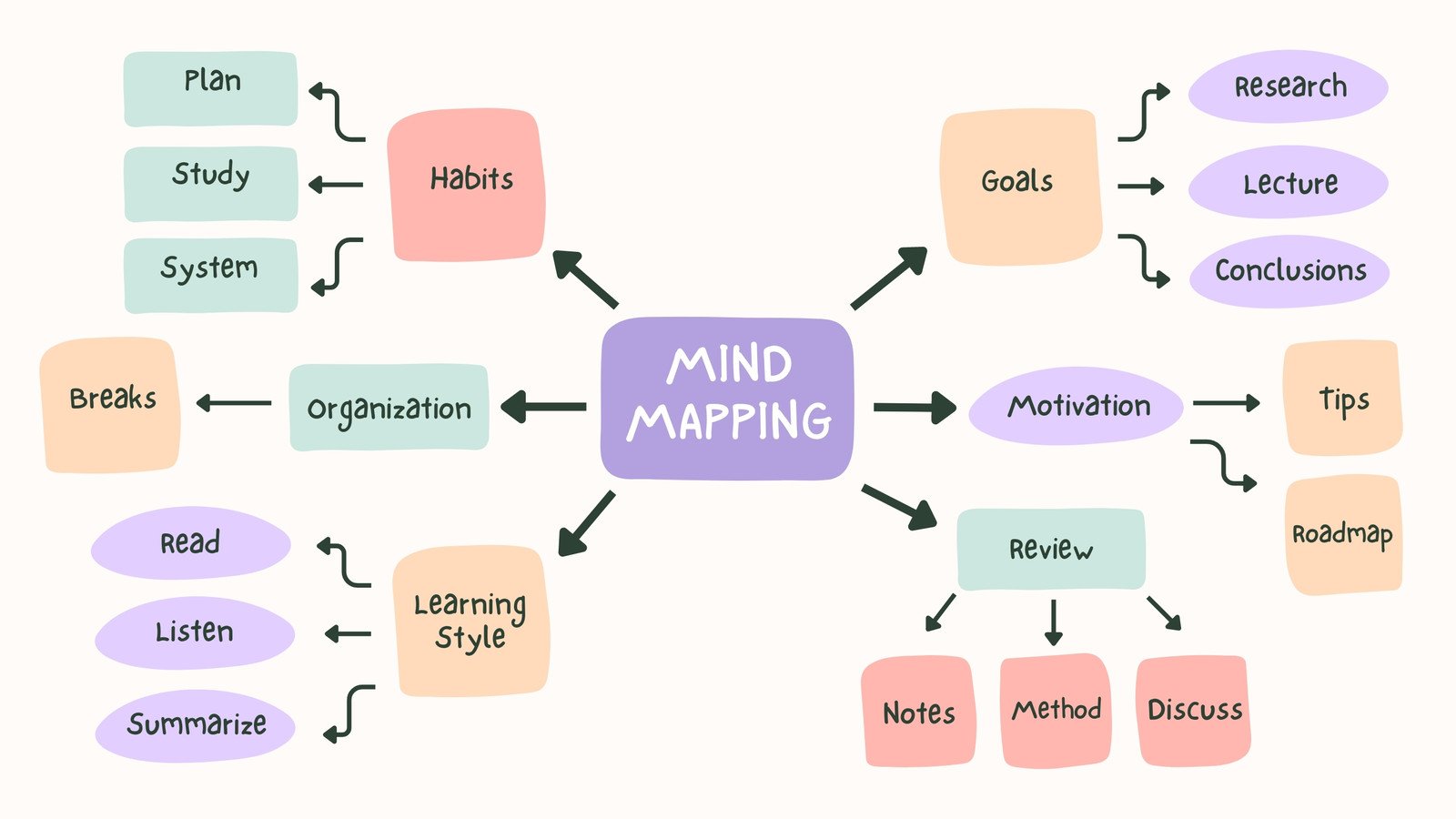 Image from: Canva
Image from: Canva
Mindmaps are powerful tools for boosting memory and cognitive performance. By applying these seven expert tips, you can transform mindmaps into effective memory aids, helping you learn efficiently and retain information longer. Whether for exams, projects, or daily tasks, regular use of mindmaps sharpens recall and enhances understanding, making them an invaluable part of your learning toolkit. Start today and watch your memory and comprehension reach new heights.

Discover 5 powerful ways to integrate mindmaps in healthcare to enhance patient care, team collaboration, research, and more.
Education Consultant
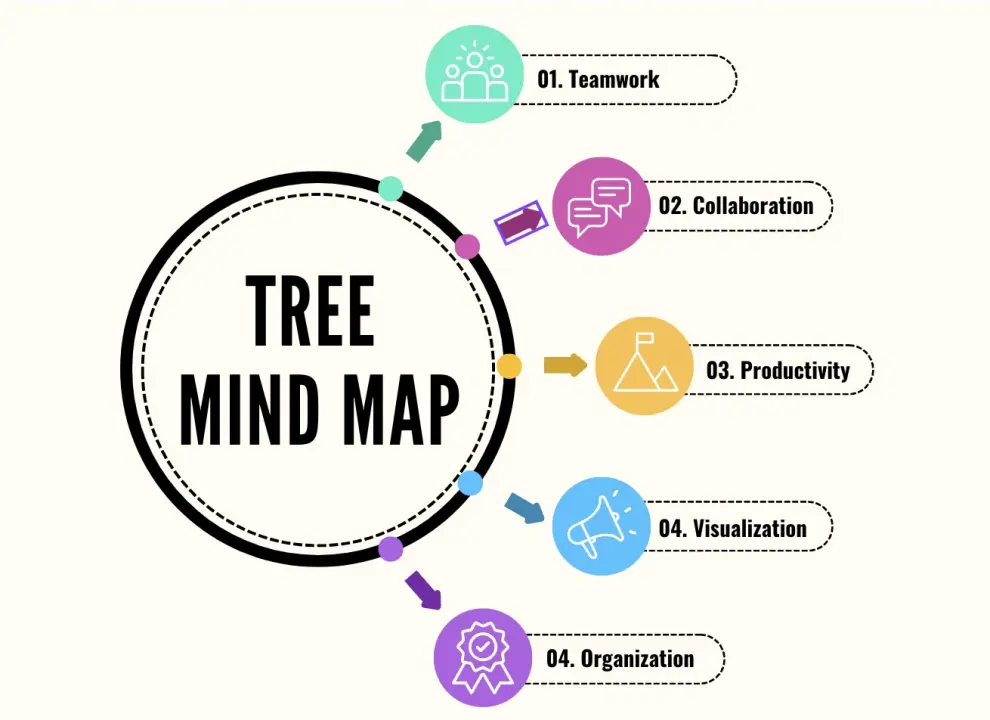
This blog post explores seven creative tree map examples that showcase the versatility and power of this data visualization technique.
Education Consultant
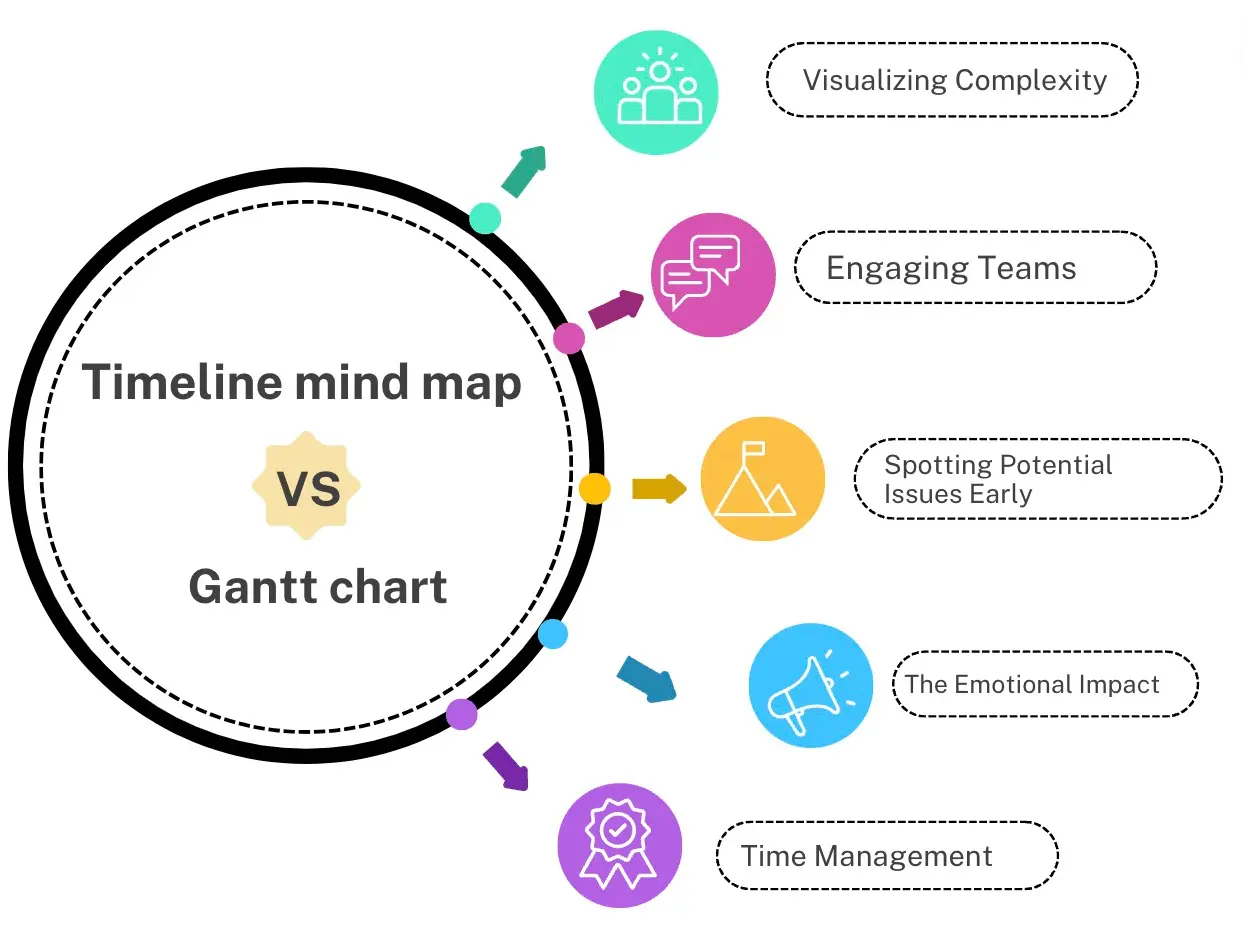
This blog explores the powerful benefits of using Timeline Mind Maps over Gantt Charts for project management, focusing on flexibility, visualization, and team collaboration.
Education Consultant